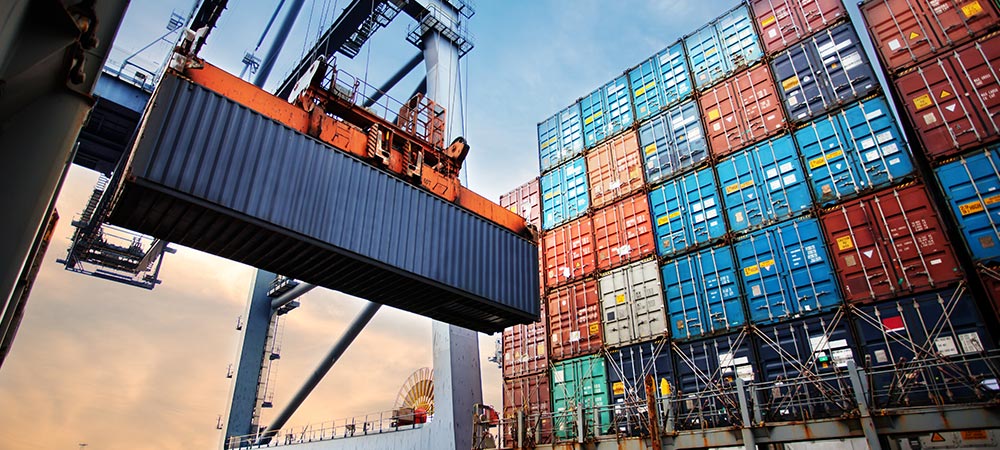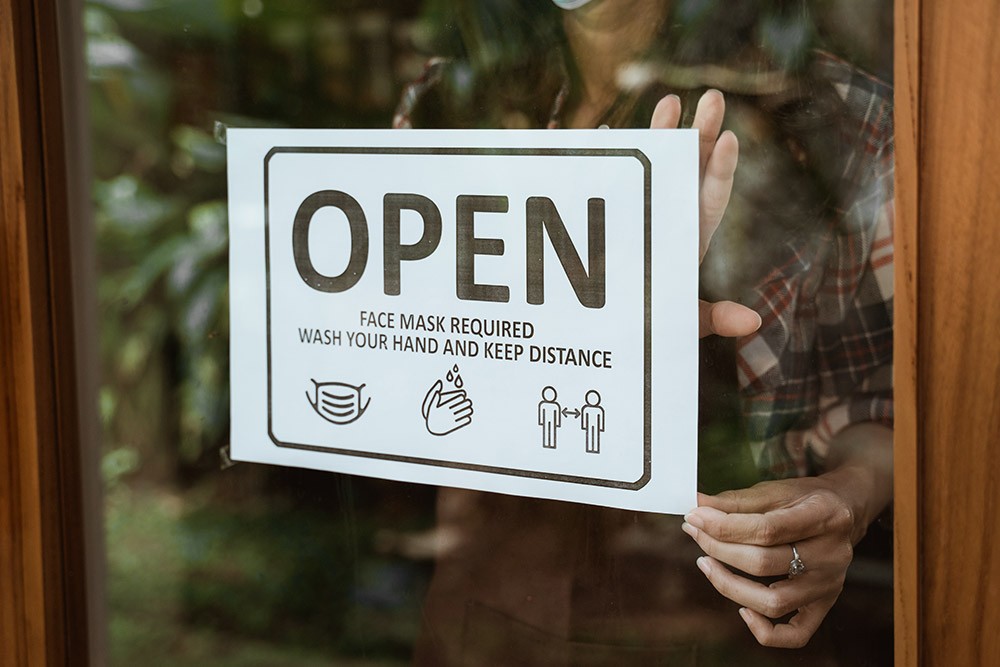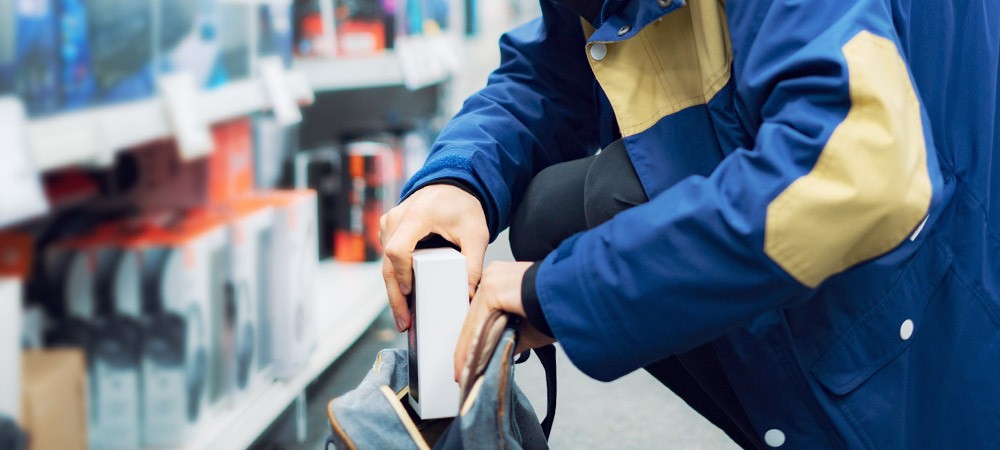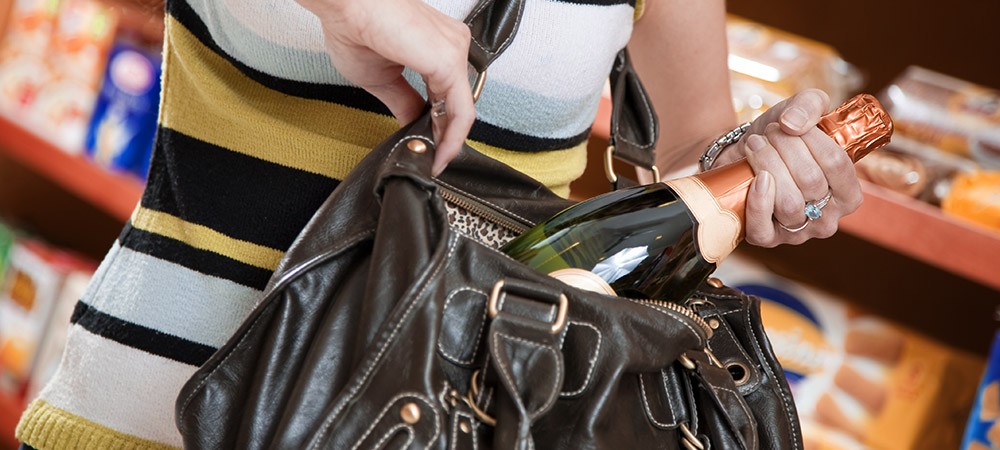With retail on the rebound after the challenge of 2020, the concept of retail theft might be the furthest thing from store owners’ minds.
But, as retailers seek to embrace the return of foot traffic in-store, preventing loss should remain a major priority.
With that in mind, here are 10 retail theft statistics to keep you focussed on the battle at hand…
Retail theft at an all-time high
According to the 2020 National Retail Security Survey, theft reached an all-time high of $61.7 billion in 2019, up from $50.6 billion the year prior.
Granted, this data is from before the Coronavirus pandemic, but further research from Jack L Hayes International indicates the issue did not disappear, despite widespread shutdowns.
In fact, their data indicates theft from stores deemed ‘essential’ actually increased in 2020.
A significant portion of retail’s bottom line
The all-time high figure from 2019 equates to 1.62 per cent of retail’s annual bottom line, compared to 1.38 per cent in 2018.
Shrink rate rising
This industry’s high shrink value in 2019 was driven by an increase in the average shrink rate, with more and more retailers recording a shrink rate above 3 per cent.
The report found in 2019, 18.2 per cent of retailers reported a shrink rate of 3 per cent or higher (compared to just 10.9 per cent in 2018).
Covid saw shoplifting incidents down, but value up

With Covid lockdowns seeing much of the retail sector closed temporarily during 2020, there were fewer reported thefts, according to the 33rd Annual Retail Theft Survey by Jack L Hayes International.
Last year, shoplifting apprehensions were down 43.8 per cent and recovery dollars decreased 36.5 per cent.
However, the value of each incident increased. In 2020, shoplifting averaged $310.11, which was an increase of 13 per cent the year prior.
Dishonest employees remain a major issue
Like shoplifting, events involving dishonest employees decreased during the shutdowns of 2020.
In total, 26,463 dishonest employees were apprehended, according to the 33rd Annual Retail Theft Survey, but the value of each event was higher.
Last year each employee theft averaged $1219.61 (up 3.8 per cent in 2020).
Essential retail experiences a theft increase
While shutdowns reduced the opportunity for dishonest employee theft and shoplifting, the essential retailers that were open throughout 2020 experienced an increase in theft.
In essential retail, shoplifting rose 7.9 per cent while employee theft also rose 2.7 per cent.
Theft recovery costs money
For every $1 recovered by companies surveyed by Jack L Hayes International, $33.15 was lost to retail theft.
Therefore, only 2.9 per cent of total retail theft losses resulted in recovery.
Increased theft concern

The most recent National Retail Security Survey also found retailers were increasingly concerned about a number of loss trends emerging in-store.
The report noted in the past five years:
- 29 per cent of retailers viewed e-commerce crime as much more of a priority.
- 5 per cent saw organized retail crime as much more of a priority.
- 5 per cent viewed data breaches as much more of a priority.
- 3 per cent had been increasingly focussed on internal theft.
- 3 per cent viewed return fraud as much more of a priority.
Organized Retail Crime on the up
According to the Organized Retail Crime Survey 2020 by the National Retail Federation, Organized Retail Crime cost retailers an average of $719,548 per $1 billion in sales, which was up from $703,320 in 2019.
Greater aggression during thefts
The Organized Retail Crime Survey 2020 also noted the majority of retailers reported thefts involved more violence in 2020 than they did in 2019.
Almost a third of respondents (31 per cent) said perpetrators were much more aggressive, 26 per cent said they were somewhat more aggressive, 41 per cent reported the aggression was the same as the year prior and just two per cent said perpetrators were less aggressive.
You can read about strategies to combat shoplifting and retail loss here. Or, view our security tags and security labels.









